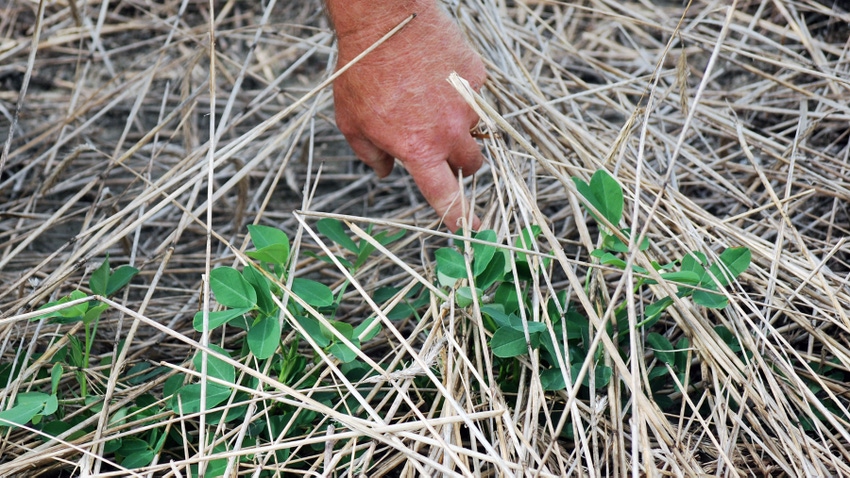
David Jordan acknowledges that soybeans have a place on many North Carolina farms that grow peanuts. But he also urges caution for farmers who want to include soybeans in their peanut rotations.
“Soybeans in the rotation have the same negative impact on peanuts as more years of peanuts do. Based on surveys we have conducted, 25% to 30% of peanut growers in state that include soybeans in their rotations,” Jordan, the North Carolina State University Extension peanut specialist, said Feb. 21 at the Eastern North Carolina Agriculture and Education Center in Rocky Mount.
“We’re never going to get away from that because at the farm level, it’s good to have soybeans in farming operations. Our recommendation is if you’re going to grow soybeans, plant the soybeans immediately after the peanut crop and then get three or four years of corn or cotton or sweetpotatoes before you go back to peanuts again," he said.
Both peanuts and soybeans are legumes and can be hosts for similar pathogens and nematodes.
“We have found that soybean yields are not that much lower when this crop follows peanuts compared with soybeans following corn or cotton. Soybeans seem to be resilient when they follow peanuts compared to the much lower resiliency of peanuts following soybeans,” Jordan said.
Research examining 10 years of peanut rotations showed peanut yields of 5,920 pounds per acre when peanuts were in the rotation two out of 10 years; 5,030 pounds per acre when peanuts were planted three out of 10 years; 4,350 pounds per acre when peanuts were planted four out of 10 years; 2,600 pounds per acre when peanuts were planted all 10 years; and 3,800 pounds per acre when three years of soybeans and three years of peanuts were planted over 10 years.
“The rotation with soybeans in it was peanut then soybeans then corn or cotton then peanuts again. If you extended the rotation of corn or cotton from just one year between soybeans and peanuts to three or more years, peanut yields would be much higher,” Jordan said.
Read more about:
DiseaseAbout the Author(s)
You May Also Like






